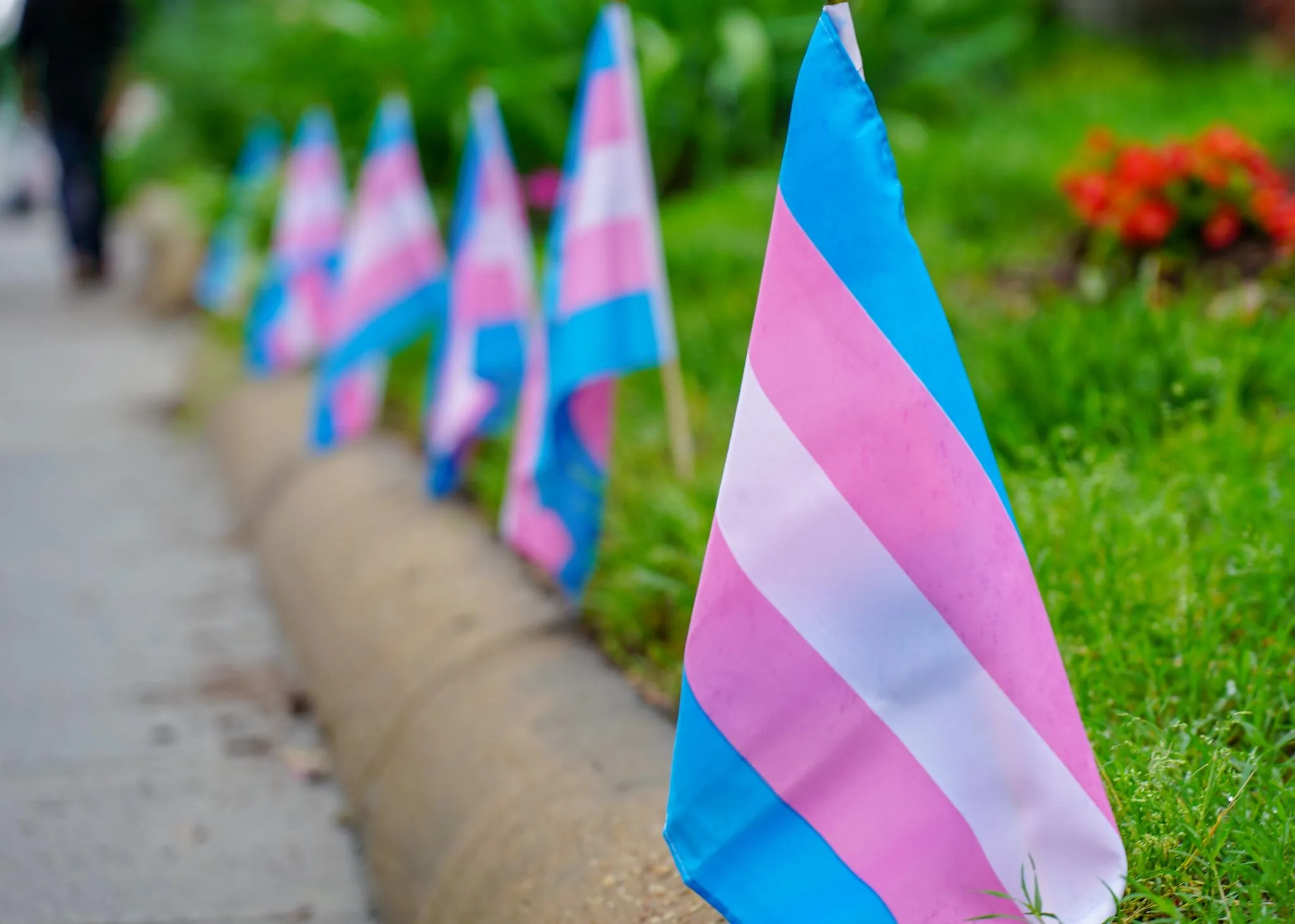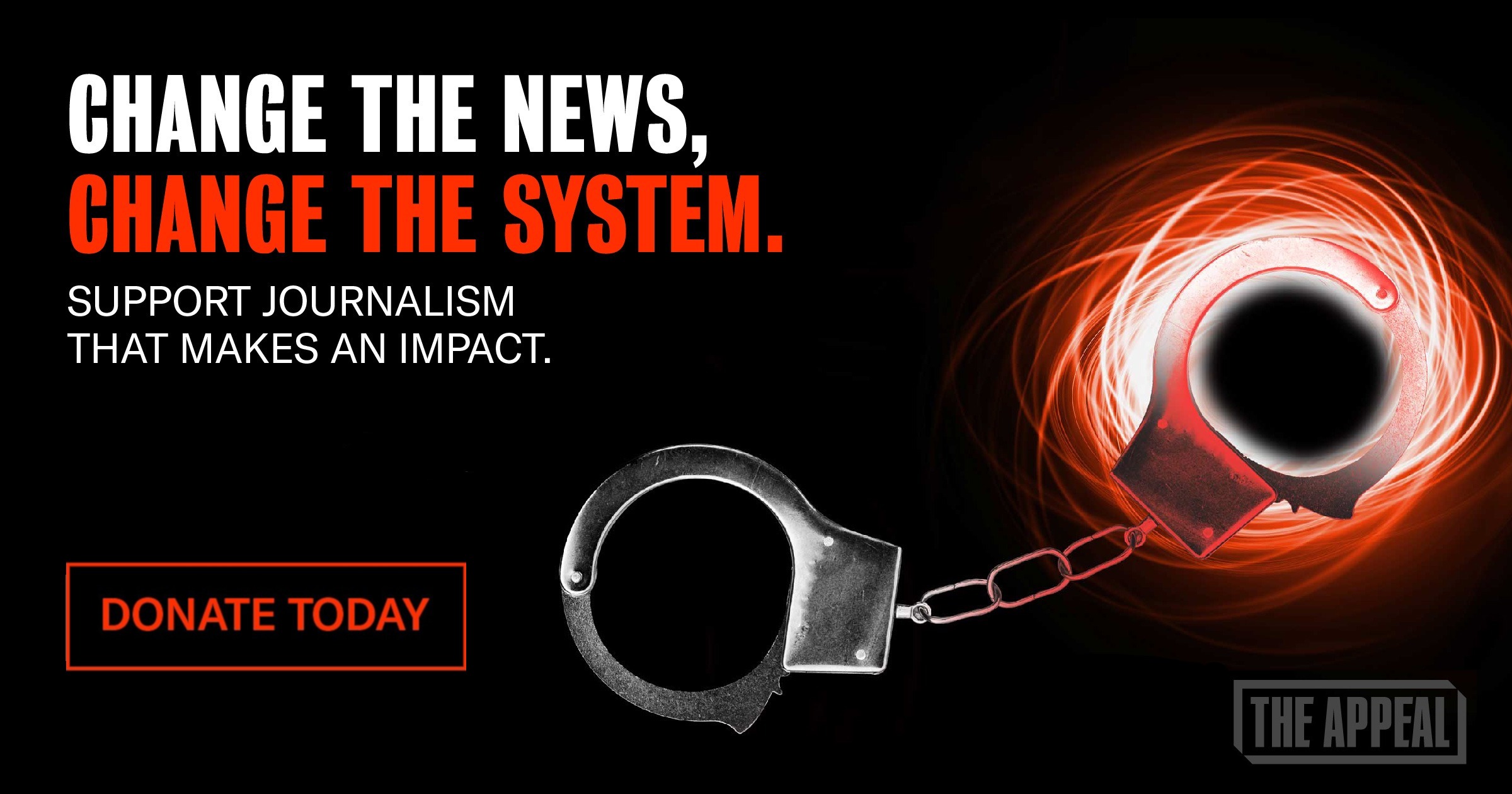Newsletter
Trans Prisoners Overwhelmingly Thrown in Solitary Confinement, Report Says
A report by the Vera Institute of Justice and Black & Pink highlights the many ways in which state prisons mistreat transgender people—nearly 90 percent of respondents said they’d been placed in solitary at some point.

Hundreds of transgender people incarcerated in state prisons face solitary confinement and urge officials to craft new housing policies to keep trans people safer behind bars, according to a new report by the nonprofit Vera Institute of Justice and LGBTQ+-focused advocacy organization Black & Pink.
The February report was based on a survey of 280 transgender people—mostly trans women—incarcerated in 31 states. The report spells out both the disproportionate abuse trans people face—and the novel solutions they said are necessary to ensure their safety and their humanity. Such fixes include flexible housing policies, access to gender-affirming personal items, and the ability to form meaningful relationships with one another, among other suggestions.
“Prison is miserable, but people, unfortunately or fortunately, are resilient, and they find those communities within prison,” Kenna Barnes, Black & Pink’s advocacy manager, told The Appeal. “And they find those safe people, they find folks who are able to guide them through whatever they’re navigating.”
Prison and jail administrators consistently debate how—and where—to house transgender prisoners. Trans women, who are painted as threats to the safety of cisgender women, are often thrust into the center of these debates.
February’s report highlights the challenges of crafting universal housing policies for a population that is far from monolithic.
According to the report, roughly 66 percent of trans women want to be housed with other women, but that leaves nearly 30 percent who do not. (The remaining 4 percent said they had no preference.) As for trans men—who are routinely overlooked in conversations about incarcerated trans people—nearly 58 percent said they want to be held in women’s facilities. And for nonbinary people, 41 percent said they want to be housed in men’s facilities, 47 percent said they prefer women’s facilities, and the rest said they’d be okay with either.
A majority of all respondents said they would prefer a housing unit explicitly designated for trans people.
“It just goes against the way that prisons operate, which is having a single set of rigid rules that are applied unilaterally for everybody,” Jennifer Peirce, a senior research associate at Vera and co-author of the report, said in an interview. “But it really shows that if we take these issues seriously, we need to have rules and criteria that, yes, are clear, but that also give several options for people to do what works for them and not make assumptions that what creates safety for one person should therefore be applied to everybody in that category.”
Following transphobic backlash over a pair of pregnancies involving a trans woman at a women’s prison in New Jersey, the state in 2022 let prison officials cite “reproductive considerations” when overriding a trans prisoner’s housing preference.
But trans women in New Jersey said they face agonizing delays for gender-affirming care—which would alleviate those “considerations”—and have been pushed to mutilate themselves to speed up the surgery process.
Amid the backdrop of these housing issues, the report states that roughly nine out of every ten respondents said they’ve been in solitary confinement at some point. More than one-fifth were in solitary when they responded to the survey—with many saying it was for their safety.
But prolonged isolation comes with physical and mental health consequences. Prisons often force trans people to decide between two evils—violence from fellow prisoners and staff or the ramifications of isolation.
“The fact that that is presented as the only option for physical safety in a lot of cases just speaks to the crux of the problem,” Peirce said. “And that this is really urgent, because you’re removing someone from the threat of another incarcerated person, and then putting them directly into the risks that we all know even a few days in solitary carry.”
As national debates continue about gender-affirming care for trans people, incarcerated trans people said their access to such care is limited and lackluster. Nearly half the respondents said healthcare providers in their facilities did not have any general knowledge about trans issues.
This report comes after some states have specifically taken aim at gender-affirming care for trans people behind bars. In April 2023, Indiana barred state funds from being used for gender-affirming care for trans people in state custody, though a state corrections spokesperson previously confirmed that neither the DOC nor its third-party medical providers have ever provided gender-affirming surgery. A similar bill sponsored by more than a dozen Republican state legislators also failed in Oregon last year. In 2022, Mississippi passed a law barring imprisoned people from changing their names.
The new report warns that even reforms that were once seen as a saving grace for transgender prisoners have fallen short. The Prison Rape Elimination Act (PREA) lists specific provisions that would bolster the safety of trans prisoners, including individualized housing assignments—but respondents reported that many facilities have not implemented these policies.
Additionally, respondents also said prison staff weaponize PREA against trans prisoners—for actions such as holding hands with other prisoners—and retaliate against people who use PREA channels to complain about abuse.
Vera Institute and Black & Pink said they hope their work leads to policy changes and a shift in thinking about the harms of the criminal legal system overall.
“We hope that this report gets people to think differently about the reasons that people experience some of the things that they do and the effects on them,” Peirce said. “And that it also, of course, motivates change in policy and practice, but also just more open-mindedness to listen and believe people.”

ICYMI—From The Appeal
The Appeal’s research and projects editor, Ethan Corey, testified before a Pennsylvania state Senate committee on Tuesday about the lack of reliable information regarding deaths in custody. Pennsylvania has one of the highest rates of deaths in custody among US states. Appeal alum Joshua Vaughn also provided testimony.
In The News
Newly obtained video footage shows that San Bernardino sheriff’s deputies fatally shot Savannah Graziano, a 15-year-old kidnapping victim, while she was unarmed and following deputies’ instructions to move toward them. Police continued shooting at the child even after one officer said, “Stop shooting her!” [Joey Scott and Sam Levin / The Guardian]
Companies including Target, Walmart, Chevron, and Microsoft are quietly giving hundreds of millions of dollars annually to law enforcement agencies and related foundations—allowing police to buy specialized weapons and technology with little public oversight. [Katya Schwenk / The Lever]
A teenager called 911 for help. NYPD officers showed up and killed him instead. Police claim the teen, 19-year-old Win Rozario, had scissors in his hand. NYPD officials have yet to name the officers involved. [Charles Lane and Bahar Ostadan / Gothamist]
Incarcerated New Yorkers want to see the eclipse. The state responded with a lockdown. [Rebecca McCray / Hell Gate]
San Jose is training artificial intelligence to identify homeless encampments. Advocates are concerned the technology will be used to criminalize unhoused people. [Todd Feathers / The Guardian]
